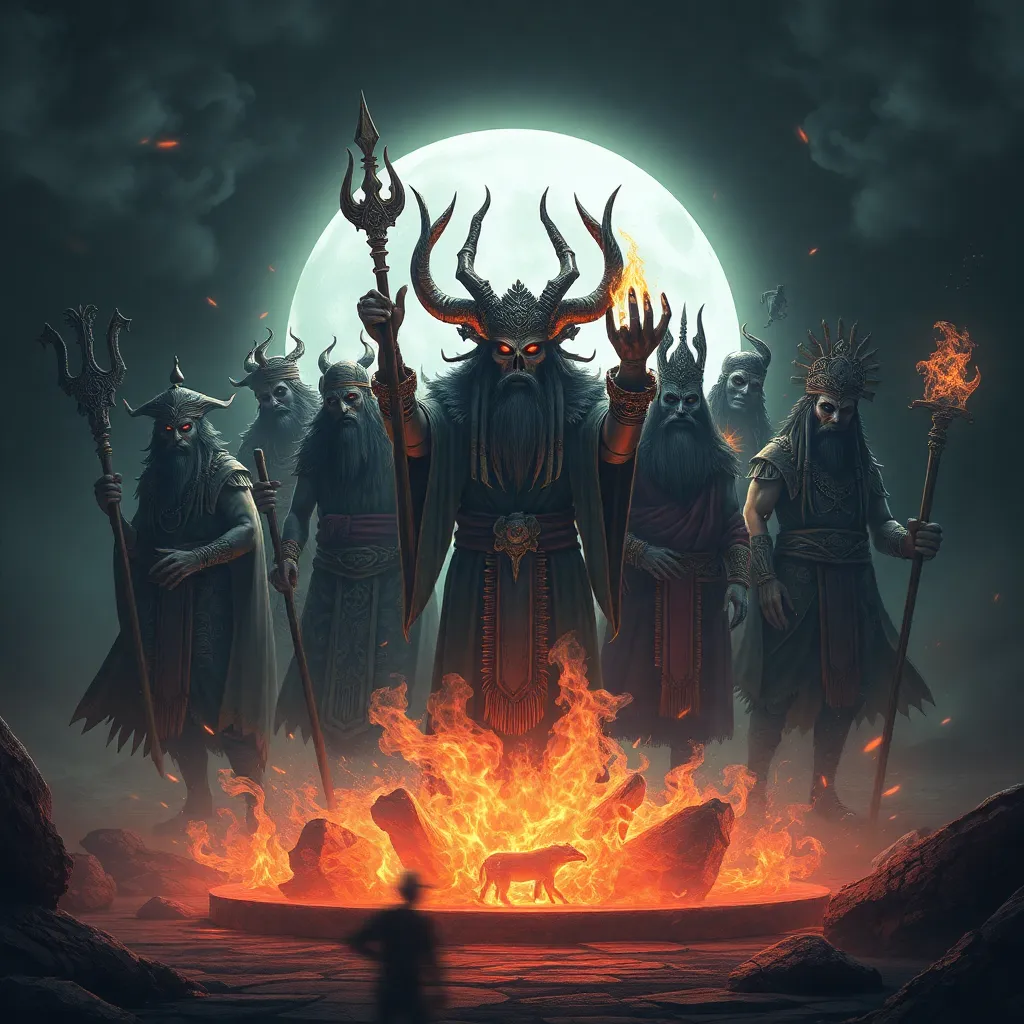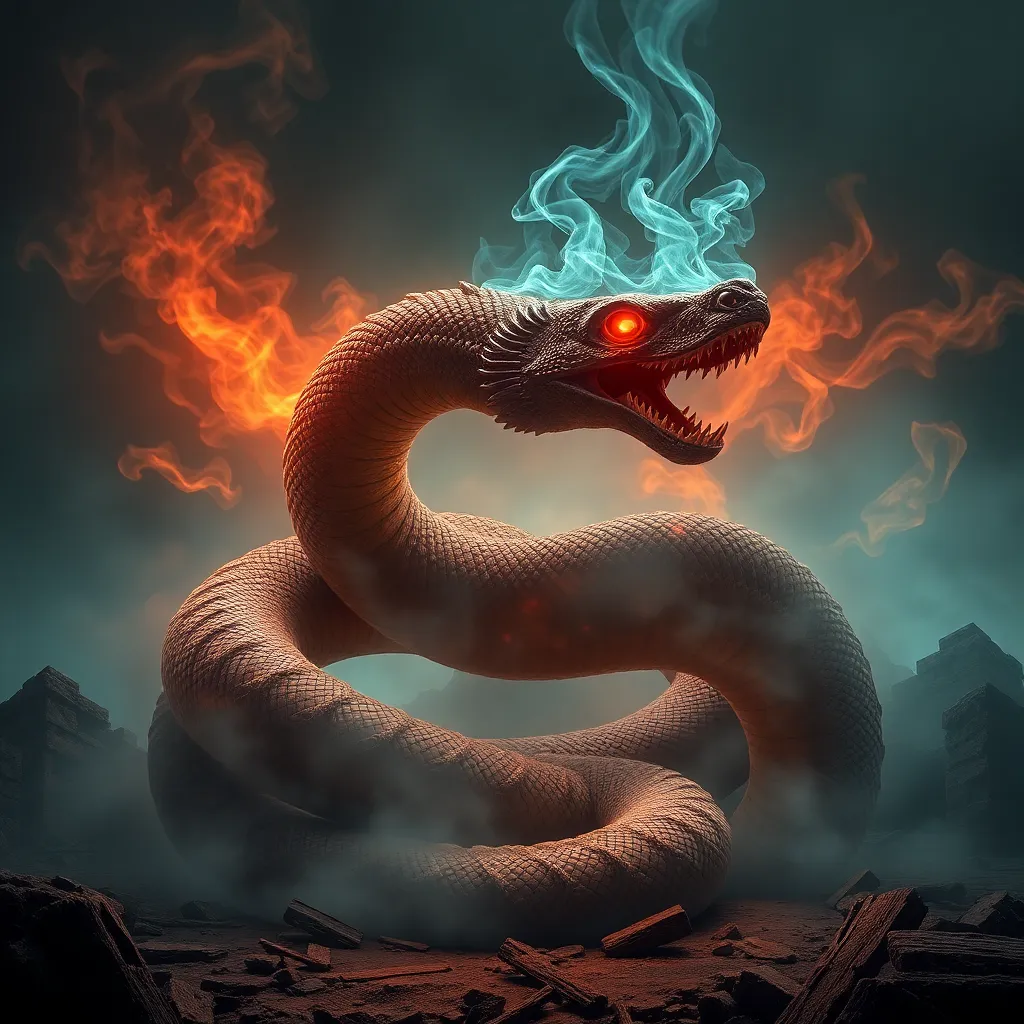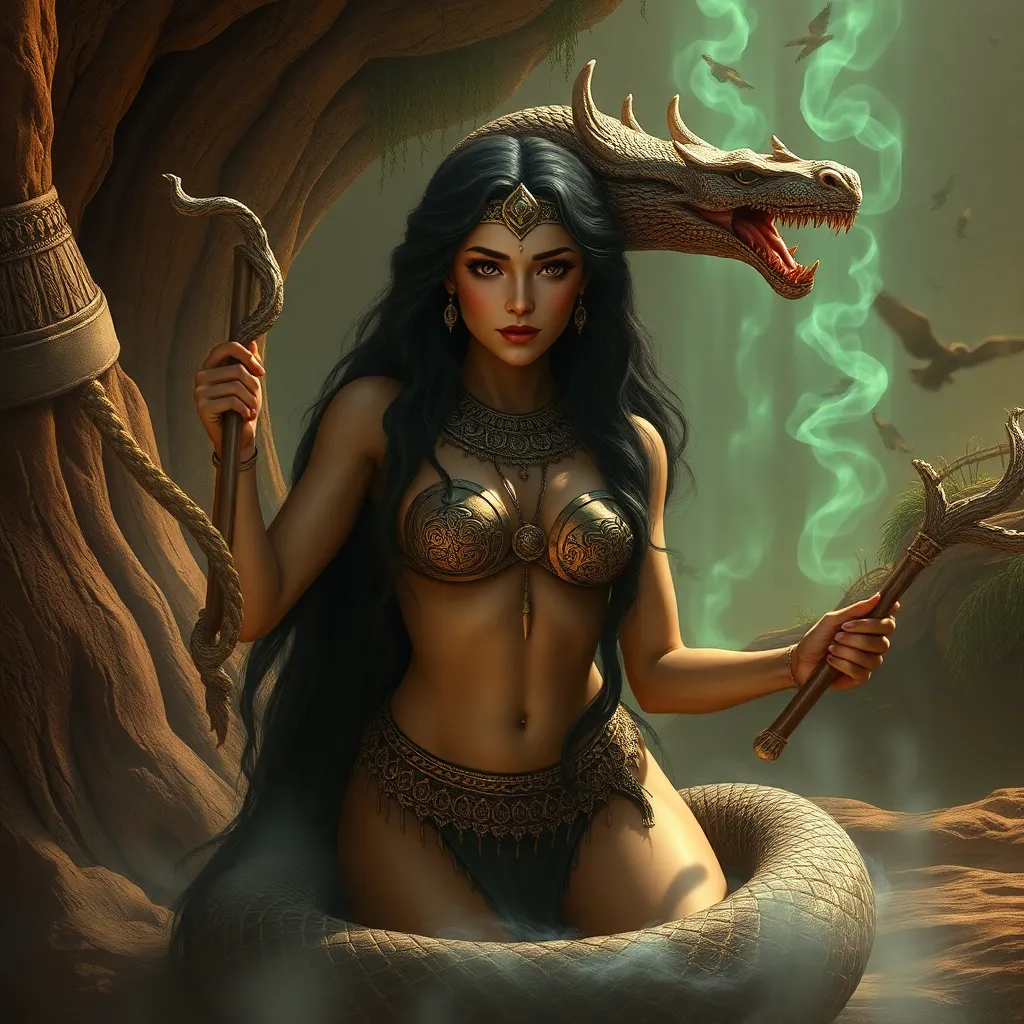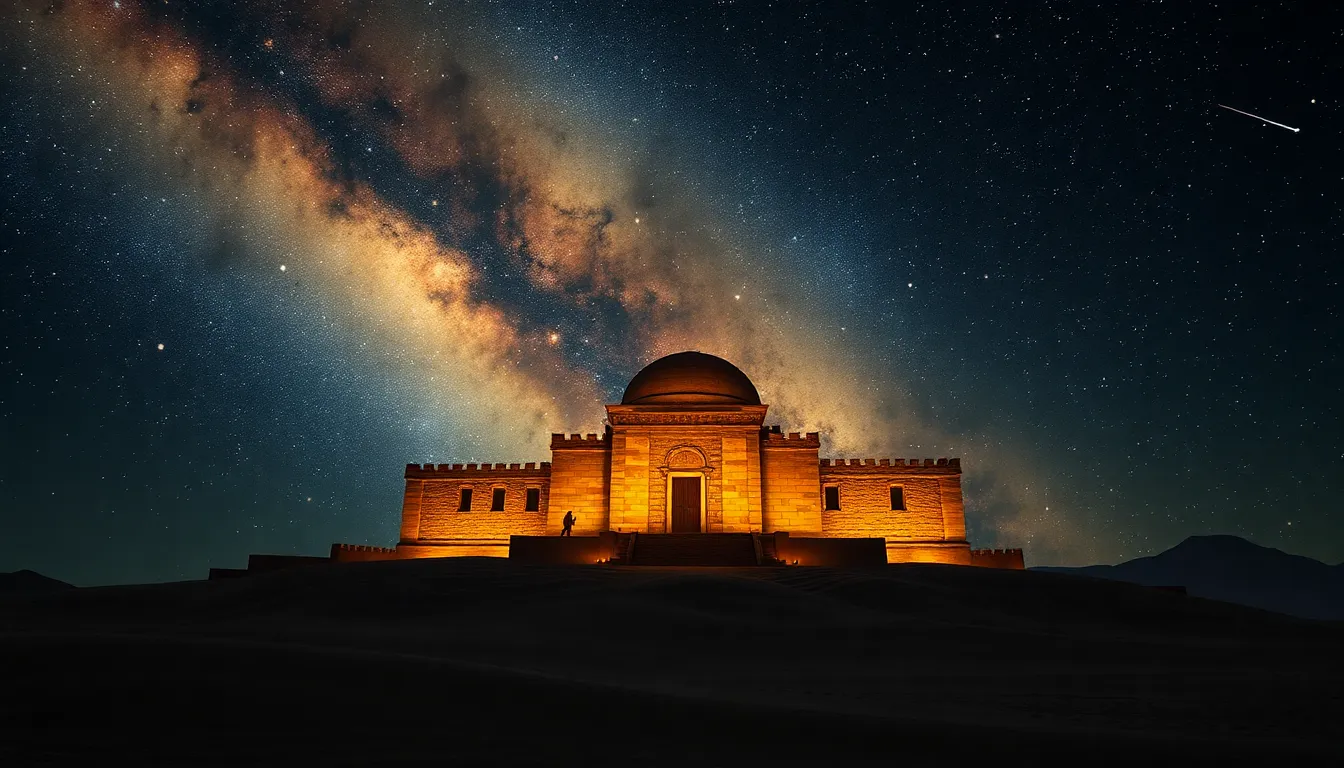The Lord of the Dead and His Court: Mythological Figures in Ah Puch’s Realm
I. Introduction to Ah Puch
Ah Puch, the Mayan God of Death, embodies a complex aspect of Mayan cosmology that delves into the themes of mortality and the afterlife. Revered and feared, Ah Puch is a pivotal figure within the Mayan pantheon, representing the inevitable end that all living beings face. The underworld, known as Xibalba, plays a crucial role in Mayan mythology, serving as a realm where souls journey after death. This article aims to explore the various figures within Ah Puch’s court, shedding light on their significance in Mayan culture and mythology.
II. The Mythological Landscape of the Underworld
Xibalba, often translated as the “Place of Fear,” is the underworld in Mayan mythology. It is depicted as a complex and treacherous realm ruled by Ah Puch and inhabited by various deities and spirits. This underworld is not merely a place of punishment; it is also a domain where the souls of the deceased undergo trials and transformations.
The importance of the underworld in Mayan culture cannot be overstated. It reflects their beliefs about life, death, and the cyclical nature of existence. The afterlife was viewed as a continuation of life on Earth, where the living had to honor their ancestors and the gods to ensure a favorable journey for the deceased.
In Mayan society, death was not an end but a transition, and the rituals surrounding it were essential. The belief in an afterlife shaped their cultural practices, influencing everything from architecture to daily rituals.
III. Ah Puch: The Lord of the Dead
Ah Puch is often iconographically represented as a skeletal figure or a decomposed body adorned with symbols of death. His attributes include a skull, a death rattle, and often, flayed skin, which signify his association with mortality. He is depicted with a long nose and is sometimes shown with a body covered in bells, which are symbolic of the sound of death approaching.
In Mayan cosmology, Ah Puch plays a pivotal role as the harbinger of death. He governs the afterlife and is responsible for overseeing the souls in Xibalba. His presence signifies the end of life, but also the beginning of a new journey for the deceased.
IV. Key Figures in Ah Puch’s Court
Ah Puch is not alone in his dominion over the dead; his court comprises various deities and spirits that embody different aspects of death and the afterlife. Each figure holds a unique role within this dark yet fascinating realm.
- Xbalanque – The Hero Twin: Xbalanque, along with his brother Hunahpú, is known for his cunning and bravery. They are central figures in the Popol Vuh, the Mayan creation myth. Their journey through Xibalba involves facing numerous trials, ultimately defeating the lords of the underworld.
- Ix Tab – The Goddess of Suicide: Ix Tab is a significant figure associated with those who take their own lives. She is often invoked for protection and guidance, representing the complex views the Mayans had about suicide and the afterlife.
- Other Notable Figures: The court of Ah Puch includes various other deities, such as gods associated with disease and misfortune, who each play a role in the themes of suffering and death.
V. The Trials and Challenges in Xibalba
The trials faced in Xibalba are deeply significant in Mayan mythology, representing the struggles of life and the journey of the soul. The story of the Hero Twins illustrates the arduous path of navigating the underworld’s challenges.
Xbalanque and Hunahpú, through their intelligence and resilience, confront the lords of Xibalba, overcoming obstacles that test their strength and wit. Their journey is filled with symbolic trials, reflecting the belief that death is not merely an end but a transformation.
From their experiences, the Mayans gleaned important lessons about bravery, sacrifice, and the inevitability of death, shaping their views on life and the afterlife.
VI. Rituals and Practices Related to Death
Mayan funerary practices were intricate and deeply spiritual, reflecting their beliefs about the afterlife. Rituals included elaborate burials, often accompanied by offerings to ensure a safe passage for the deceased to the underworld.
The significance of offerings and sacrifices to Ah Puch was paramount. These acts were meant to appease the Lord of the Dead and secure his favor, preventing misfortune for the living. Common offerings included food, incense, and sometimes, even human sacrifices.
Cultural rituals honoring the dead were integral to Mayan life. Festivals and commemorative practices were held to celebrate the ancestors, emphasizing the connection between the living and the dead, and reinforcing the cyclical nature of existence.
VII. Ah Puch’s Influence on Contemporary Culture
The legacy of Ah Puch endures in modern interpretations of Mayan mythology. His character and stories have inspired various forms of literature, art, and popular culture, reflecting a revived interest in ancient beliefs.
In literature, Ah Puch has been portrayed as a complex character, embodying both fear and respect. Artists draw on his iconography to explore themes of death, life, and the human experience, while filmmakers depict his tales as cautionary stories about the consequences of one’s actions.
Modern perspectives on death and the afterlife have been influenced by the rich mythology surrounding Ah Puch. As societies grapple with the meaning of mortality, the Mayan view offers unique insights into the acceptance of death as a natural part of life.
VIII. Conclusion
Ah Puch and his court are significant figures in Mayan mythology, representing the complexities of death and the afterlife. Understanding these ancient beliefs provides valuable insights into how the Mayans perceived mortality and their reverence for the deceased.
Reflecting on these mythological figures today allows us to appreciate the cultural heritage of the Mayan civilization and the universal themes of life, death, and the human experience. The stories of Ah Puch and his court remain relevant, reminding us of the enduring nature of these profound concepts.



